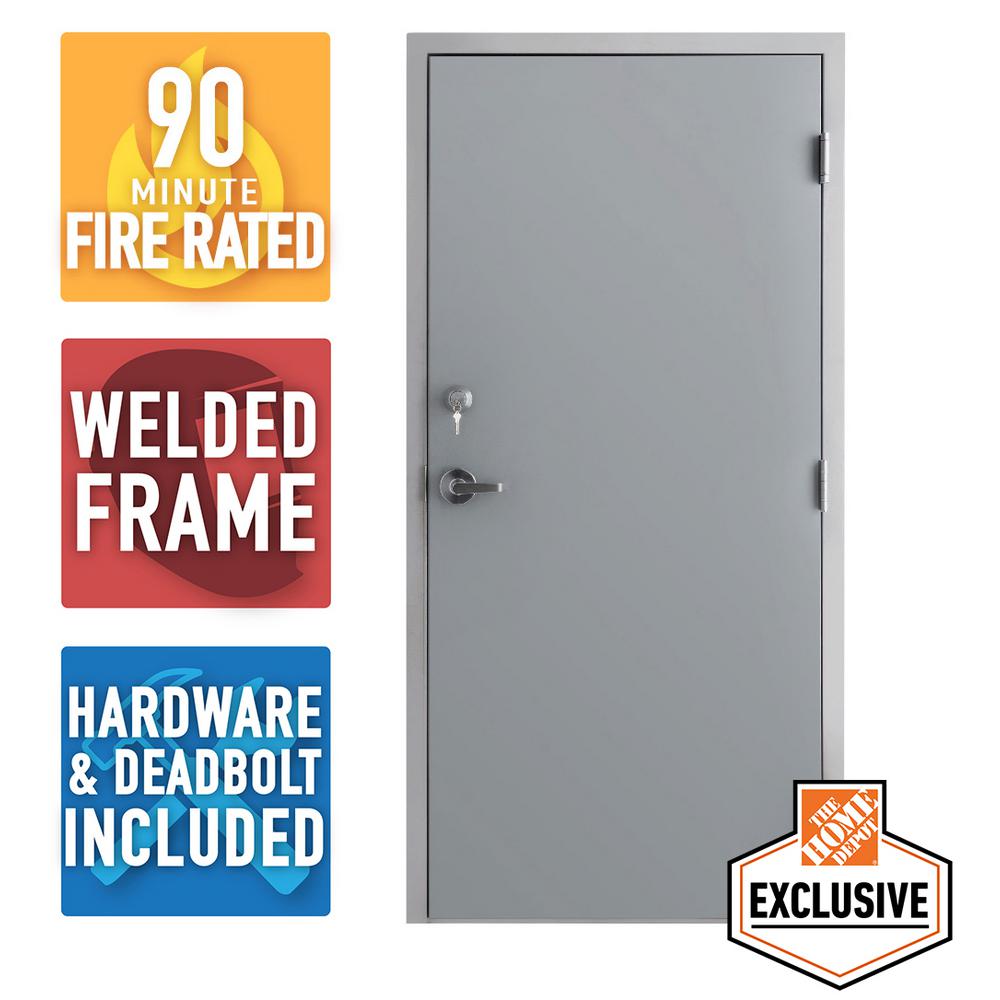

Step 4: Install Outside Mortise Lock CylinderMake sure the two black set screws at the top of the lock body are loosened so that the new or original outside mortise lock cylinder can be screwed in. Screw in the top and bottom screw so the lock body is attached to the lock stile. Step 3: Install New Lock BodyPlace the new mortise lock body into the lock stile. When loosened far enough, the mortise lock cylinders can be unscrewed from the lock body. Loosen the set screws up, but do not take them all the way out. These set screws press against the mortise lock cylinders. To do this, there are two black set screws at the top of the lock body. Once the faceplate is removed, the lock cylinders must be removed before the lock body can be detached from the door. This can be achieved by removing the 3 faceplate screws. In order, to remove the old lock, you must first remove the faceplate. Step 2: Remove Old LockOn the lock stile of the door, the main lock body will be mortised within the rail and attached by two screws. For help understanding the differences between these locks or identifying them, please refer to our guide "types of storefront door locks." If the door is a storefront door that swings, then most likely the lock type is either a deadlock or deadlatch. Hook bolts are only used on sliding storefront doors such as automatic sliding doors. Each lock uses the same size lock body housing designed to be mortised into any storefront door. There are three main lock types used on storefront doors: deadlock, hookbolt, and deadlatch. Step 1: Identify The Type Of Lock Needed Types Of Storefront Door LocksIn order to replace an existing storefront door lock you must first determine what type of storefront door lock is on your door.

#COMMERCIAL DOOR DEADLOCK WEATHERIZATION HOW TO#
How To Replace A Storefront Door LockIn this guide we explain how to replace any kind of lock on your commercial storefront door.


 0 kommentar(er)
0 kommentar(er)
